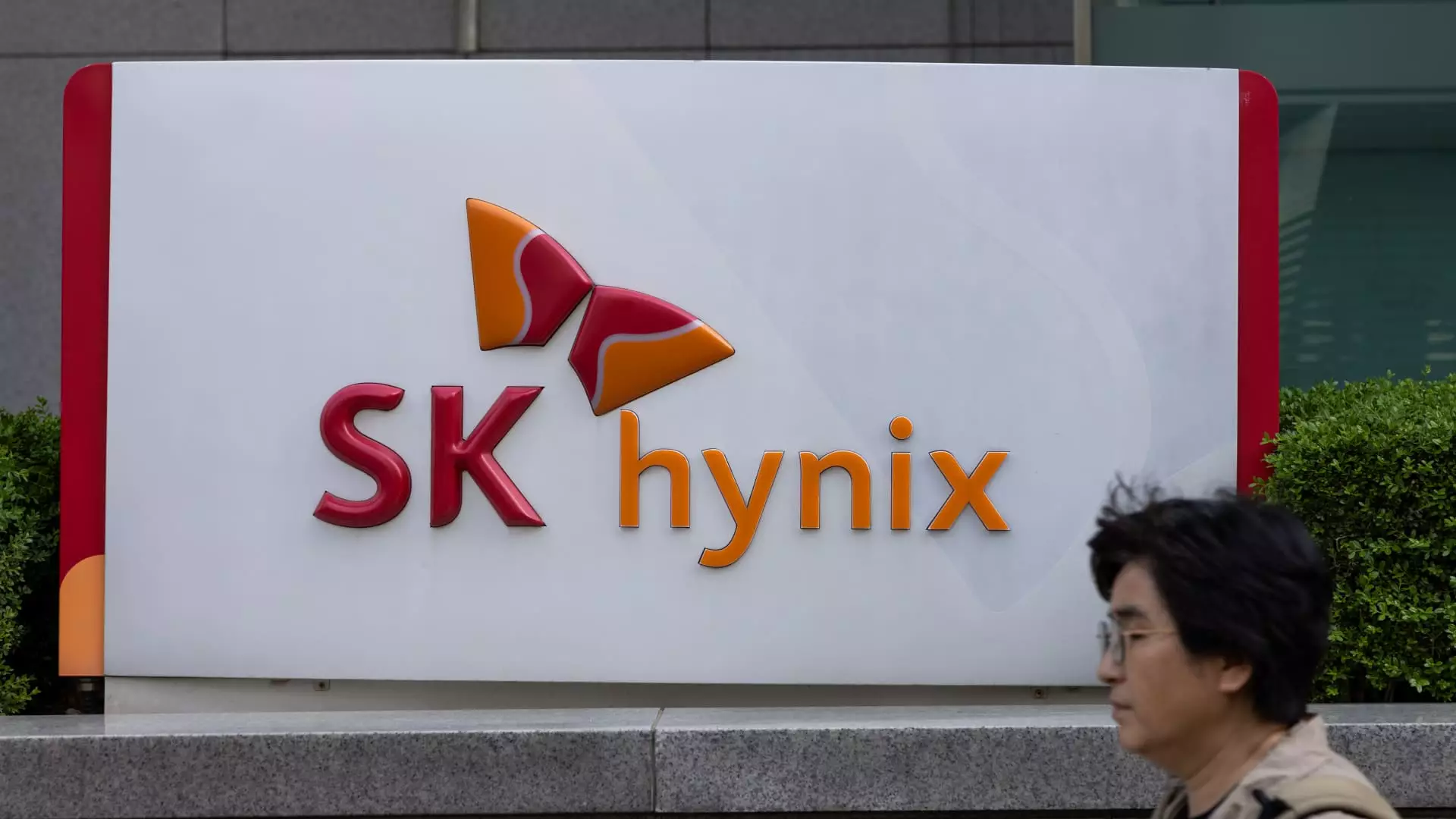SK Hynix, the South Korean memory chipmaker, has made a remarkable turnaround in the first quarter of this year. After reporting a net loss of 2.58 trillion won in the same period a year ago, the company recorded a net profit of 1.92 trillion South Korean won ($1.39 billion) this quarter. This positive income marks a significant milestone for SK Hynix, as it was the first time they posted a profit since the third quarter of 2022. This impressive feat can be attributed to various factors, including an increase in the sales of AI server products and a strong focus on driving profitability.
One of the key drivers of SK Hynix’s success has been the surge in demand for AI chipsets in the market. The company’s leadership in AI memory technology, particularly high-bandwidth memory, has positioned them as a major player in supplying memory chips to companies like Nvidia. The explosive demand for AI chipsets, driven by the rise of large language models such as ChatGPT, has significantly benefited SK Hynix and other memory chip manufacturers. To meet the growing demand for AI memory, SK Hynix plans to increase the supply of HBM3E, the latest generation of high-bandwidth memory. Additionally, the introduction of 32GB Double Data Rate 5 products this year will further strengthen their position in the high-capacity server DRAM market.
Looking ahead, SK Hynix projects steady growth in the overall memory market in the coming months, fueled by the increasing demand for AI memory. The company expects the conventional DRAM market to start recovering from the second half of 2024. However, macroeconomic uncertainties such as inflation have led to fluctuations in demand and prices for memory chips. To address the challenges posed by excess inventories, SK Hynix and other companies have had to cut production of memory chips.
In response to the growing demand for AI chips, SK Hynix has announced strategic initiatives to expand its production capacity. The company plans to build a new fab in South Korea, scheduled for completion by November 2025, to increase production of next-generation DRAM, including HBM. This move is part of SK Hynix’s efforts to capture the proliferating demand for AI chips. With a total investment exceeding 20 trillion won in the long term, the company is committed to staying at the forefront of innovation in the memory chip market.
Additionally, SK Hynix has partnered with TSMC, the world’s largest contract chip manufacturer, to develop high-bandwidth memory 4 chips and next-generation packaging technology. Mass production of the HBM4 chips is expected to commence in 2026, leveraging TSMC’s leading-edge processes. These strategic collaborations and investments underscore SK Hynix’s commitment to meeting the evolving needs of the market and securing its position as a key player in the memory chip industry.
SK Hynix’s resurgence in the memory chip market highlights the company’s resilience and ability to adapt to changing market dynamics. With a strong focus on innovation, strategic partnerships, and investments in future technologies, SK Hynix is well-positioned to capitalize on the growing demand for AI memory and maintain its competitive edge in the industry.


Leave a Reply